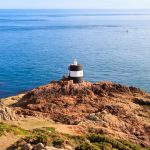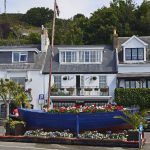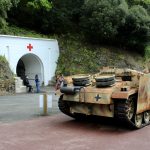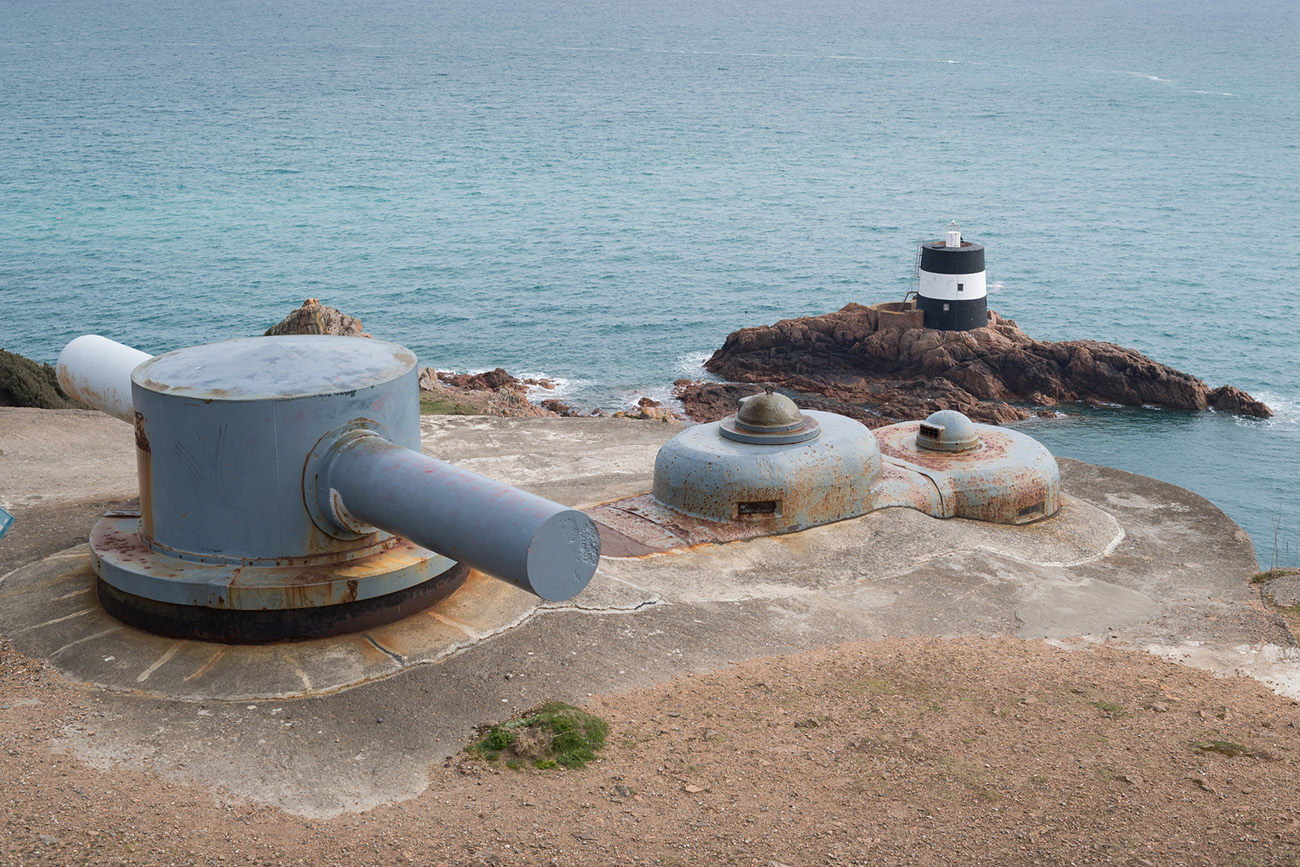
During the Second World War the Channel Islands were the only part of the United Kingdom which was conquered and occupied by Nazi Germany. It remained under German rule for five long years, from the late summer of 1940 right down to mid-May after the Nazis had surrendered following Hitler’s suicide. And yet the story of the occupation of the Channel Islands remains relatively untold.
During this five-year period the four largest islands of the chain, Jersey, Guernsey, Alderney and Sark, were occupied, with the German garrison rising to nearly 30,000 troops at the height of the war.
This was nearly one soldier for every two British citizens who had been left behind on the Islands after the abortive evacuation attempts in May, June and July 1940 had seen some 25,000 of the 90,000 Islanders sent to the British mainland before the Germans arrived.
Many of these soldiers were on Alderney, where the Nazis constructed four labour and concentration camps and which island was virtually emptied of civilians during the occupation. But on Jersey, Guernsey and Sark civilians interacted for five long years with the occupation government and the German garrison.
What was lifelike here during this period?
The Nazi Government
The Islands were administered as part of the Manche region of occupied France, meaning that many of the administrative decisions concerning the Islands were made in Normandy.
The Islands were effectively under military government otherwise and were heavily militarised throughout the five years of occupation as a frontline on the Atlantic Wall, the series of defences built by the Nazis from the Bay of Biscay in western France all the way north along the European coast to Jutland in Denmark.
A military commander was the most senior Nazi official on the Islands, a position that was held by six different men during the occupation, with General Major Erich Muller holding the position for the longest period of time between June 1941 and September 1943, nearly half of the total period of occupation.
Vice-Admiral Friedrich Huffmeier was in charge for the final months of the war and organised the surrender to the British on 9 May 1945. This occupation government imposed wide-ranging changes. For instance, the time-zone was switched to Central European Time, a change in keeping with the Nazis’ decision to make all parts of Europe in sync with Berlin time-wise.
Islanders also had to learn to drive on the right-hand side of the road in keeping with German practice.
Beyond this, restrictions were imposed on a range of activities, with curfews and censorship enforced, caps on the number of people allowed to gather on social occasions without a licence, access to beaches restricted and even limitations on marine activity, a peculiar development for people with such an intrinsic relationship with the sea.
Rationing was later imposed from 1943 onwards as the war effort became more difficult. German was taught in schools and Nazi flags and swastikas hung in public places as the Islanders were shown that they were now a part of the Third Reich.
Resistance and Collaboration
The relationship between the civilian population and the massive number of Nazi soldiers and administrators on the Islands during the war was a complex one.
While the stereotypical view of these things holds that the Germans should have been hostile towards the civilian population of any part of occupied Europe and the civilian population should have been determined to resist the occupiers, the reality was often quite different, while there were also unusual circumstances which were specific to the Channel Islands.
For starters, the sheer ratio of Germans to civilians, and the status of the region as a series of small, isolated islands, ensured that there was no major resistance movement to speak of on the Islands throughout the war.
It simply was not practical to try to organise resistance in such a small space surrounded by so many German troops, while it was nigh-on impossible to acquire the kinds of supplies like guns and explosives which were needed to try to sabotage the occupation government on the islands, in contrast to the French Resistance, for instance. However, some of the few detainees who managed to escape from the labour and concentration camps on Alderney were known to have been sheltered by some of the Islanders.
By way of contrast, there is clear evidence that the civilian population and the Germans were often on good terms. For example, Pearl Vardon, a teacher in Jersey who spoke German, became an interpreter for the occupation government and began a relationship with a German officer by the name of Siegfried Schwalto.
She later left the Islands when he was sent back to the mainland and lived out the rest of the war in mainland Europe. It is estimated that as many as 200 illegitimate children were sired by German soldiers with Islander women during the war. (Various soldiers did come back after the war to support their new families)
The German army often held social events which Islanders were invited to, while in returning the favour the Germans regularly attended cricket matches held by the natives in Jersey, for example. Inevitably friendships and relationships formed.
Some went so far as to act as informants for the occupation government, but whether the extent of collaboration here was any higher than in France or other occupied regions remains a matter of debate.
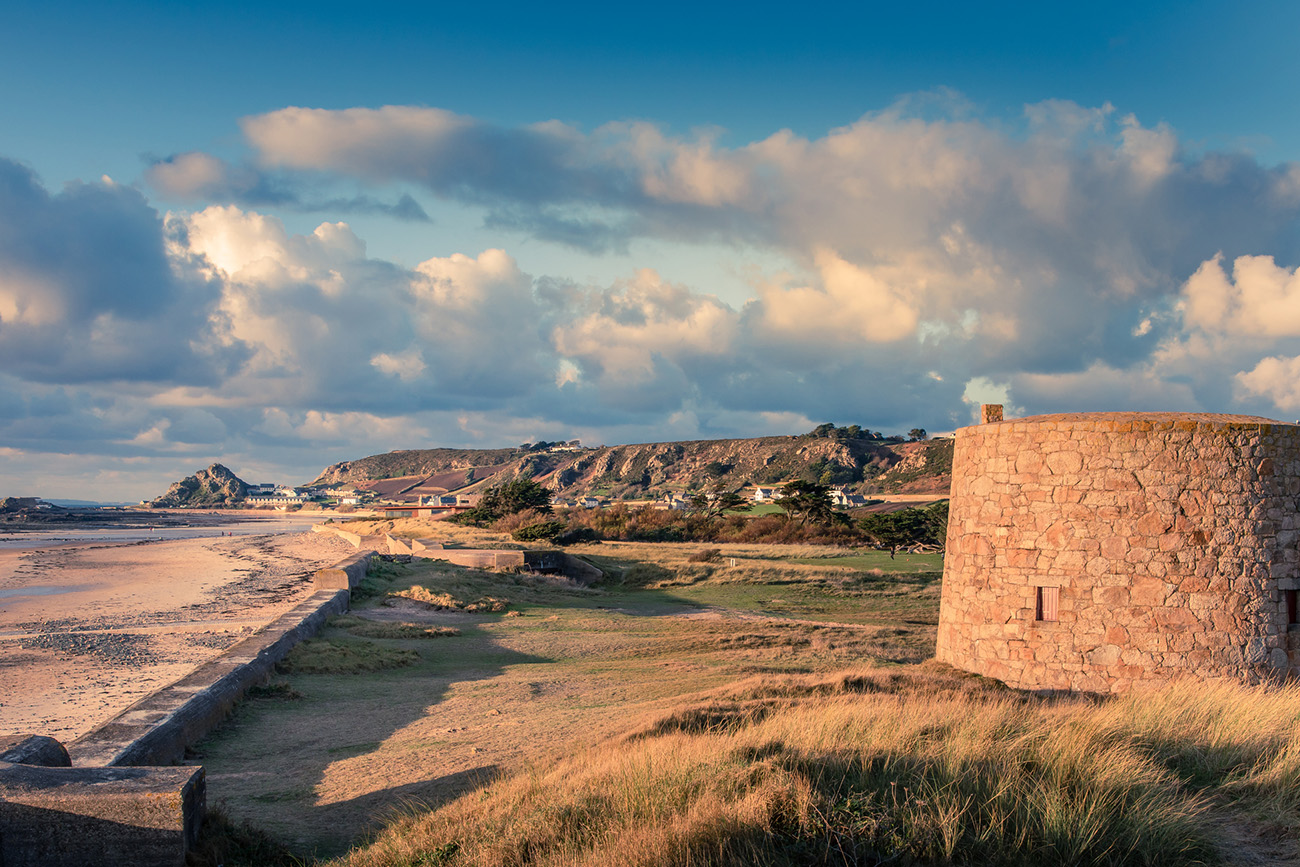
British Lewis Tower with german defence in the background, Saint Quen, Jersey
The Wartime Economy and Life on the Islands
Despite all of these issues, day-to-day life had to go on.
The German Reichsmark was introduced as the currency. Prices on goods were fixed by the government, but bartering became an unofficial form of economic activity, as many things were in short supply and maintaining the set price was impractical, particularly so as German soldiers were able to obtain many goods here at a significantly lower price than back in Germany.
Inevitably, some were known to buy up large amounts of cigarettes, tea and other products and then ship them back home to their families. Rudimentary elements of life which we take for granted became difficult.
There was a shortage of both soap and shoes as the war went on.
The soap problem was never surmounted, but a native cobbler industry making clogs called sabots developed to fill the want and 45,000 pairs of these shoes were produced on the Islands during occupation. Much of the economy continued to centre on agriculture, with Guernsey and Jersey producing large volumes of tomatoes and potatoes respectively, some of which were exported to occupied France and back to the centre of the Reich in Germany. Yet even this was compromised from 1943 onwards as fertilizer became in increasingly short supply.
Contact with the Outside World
While the Channel Islands lie very close to the coast of northern France, contact with the rest of the world for the civilian population was extremely limited during the war. This was an era when moving across large distances in occupied Europe if you were not a German citizen or a soldier or military figure of some kind was automatically viewed with some suspicion and Islanders needed to apply for permission to visit the mainland.
The degree to which passage between the islands and the mainland was controlled is seen in the fact that the island which lies closest to France, Alderney, was virtually emptied of civilians and turned into a vast labour and concentration camp and military base.
This isolation from the rest of the world took on an even stronger shape from the summer of 1944 onwards following the D-Day landings in northern France. Now the garrison and the civilian population really were cut off from the rest of the world as the Allies secured control of the English Channel on both sides.
The expectation was that the German garrison might surrender, but it did not, and Churchill and his advisors took the decision not to try to launch a military campaign against the island for fear of major civilian casualties.
Instead, the Islands were left under German occupation until the end of the war, even as the Allies had to help supply the German occupation government with food and other necessary supplies through the winter of 1944 and the spring of 1945, the Islands having been reliant prior to the war for 80% of their food and supplies from the French mainland. As such, for a year before liberation, the Channel Islands was in the peculiar position of continuing to suffer Nazi occupation even as Allied ships sailed past the Islands on a daily basis to a France that had been liberated.
The Nazi swastika flags would only be lowered in Saint Helier and other parts of the Islands in May 1945 after the war had come to an end already across Europe.
Would you like to learn more about the history of the Channel Islands? Then don’t miss out on the following article: Alderney and the Channel Islands during the Second World War

